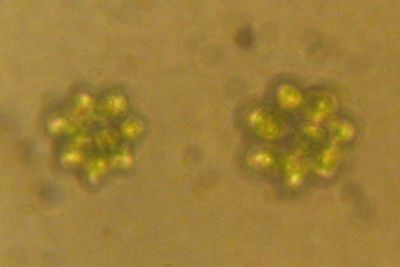Iron metabolism in phytoplankton

Phytoplankton, fot. By httpcommons.wikimedia.orgwikiUserPanek (Own work) [CC BY 2.5
Researchers have studied the genetics of iron metabolism in phytoplankton, comparing a recently discovered microalga with a number of other marine microorganisms.
Iron is a key element for life on Earth. It is a rare element in surface
seawater, and as such many phytoplankton have evolved different
pathways of iron metabolism.
The EU-funded 'Iron uptake in Chromera velia and other marine
microalgae' (IRONALGAE) project aimed to study iron uptake in this
microalga and compare it to other classes of phytoplankton.
To achieve this, scientists investigated the genes and proteins
involved in absorbing iron-containing compounds and extracting the iron
atoms. They investigated a number of other microalgae as well as
diatoms.
A comparison of iron-containing compounds identified ferric
ethylenediaminetetraacetic acid (EDTA) as the best iron source for
growth. However, ferric citrate and ferrous ascorbate can be used to
study how microalgae process iron at the molecular level.
Researchers found that among all organisms studied, iron binding on
the cell surface was key, although there was no common mechanism of iron
binding. Using high-throughput analysis, a number of iron-uptake
proteins were identified for further study.
published: 2015-02-10